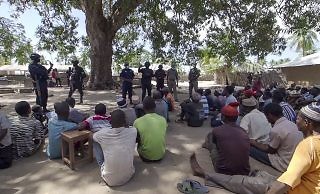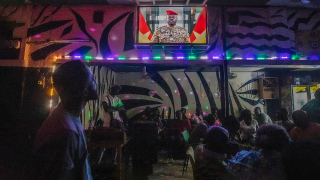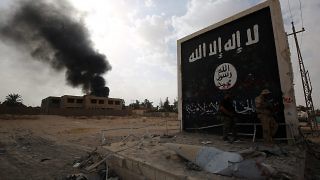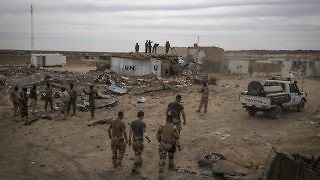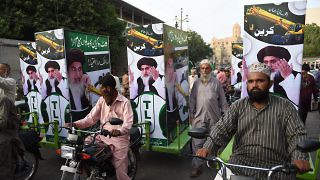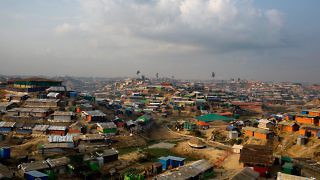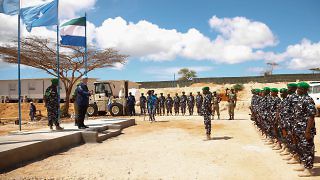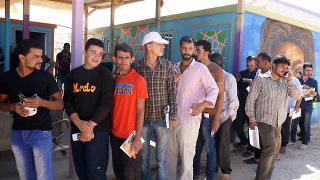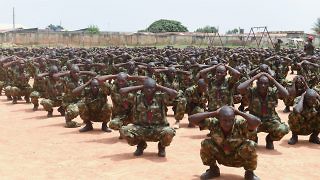Mozambique’s Cabo Delgado Province has suffered violent extremism perpetrated by the Ahlu-Sunna Wa-Jama’a (ASWJ) armed group since 2017. One aspect that needs to be addressed is the Disarmament, Demobilization, Rehabilitation, and Reintegration (DDRR) of those ASWJ combatants that choose to return to civilian life.
Tag: extremism
-
-
The toppling of the Kaboré government by junior military officers could threaten a unified approach to the security situation.
-
Shifts in provincial designations reflect in part the overall collapse of IS as a state project, and its evolution into a global insurgency.
-
As UN peace operations increasingly take on counterterrorism and C/PVE roles, the risks of replicating the costly failures of the past are very real.
-
Without an adjustment in approach to mainstreaming, extremist ideology will likely further permeate Pakistan’s political and social fabric
-
One of the many critical questions related to recovering from the effects of violent extremism and terrorism is: what is to be done with offenders when they return to local communities?
-
The lessons being learned in Cox’s Bazar can inform best practice for PVE in other humanitarian settings, and can also address wider conceptual challenges.
-
AMISOM’s lack of civilian protection and unwillingness to be held to account for collateral civilian casualties has fostered distrust between the African Union (AU) peace operation and the Somali population.
-
The evolving and contested relationship between migration, terrorism, and violent extremism animates electorates, governments, and international organizations. For many governments and communities, this requires a careful balance between the preservation of security and an effective humanitarian response.
-
In recent months, Boko Haram has attacked rural military bases and convoys in the northeastern part of Nigeria and in surrounding countries, acquiring weapons in the process. Since spring 2015, when regional militaries chased most of its members back underground, the sect had been focused on survival and terrorism. While the group is far from their high point of 2014-2015, when they controlled a territory estimated at 20,000 square miles, these raids show a new strategic acumen.
